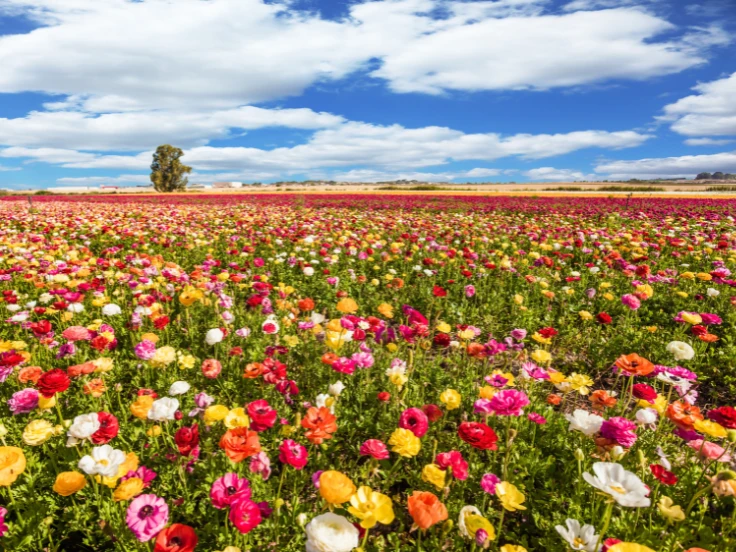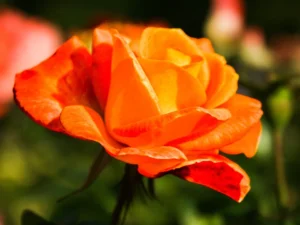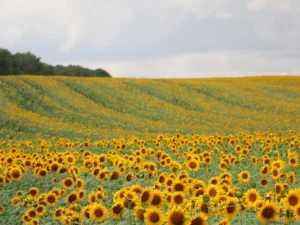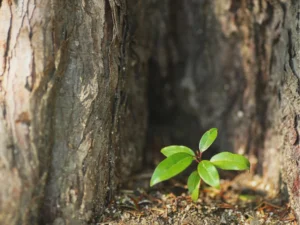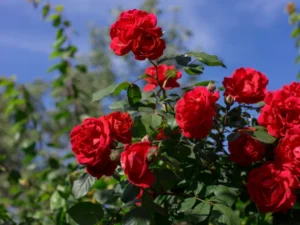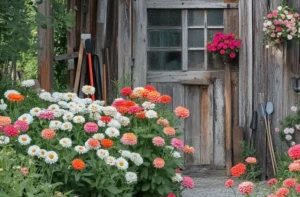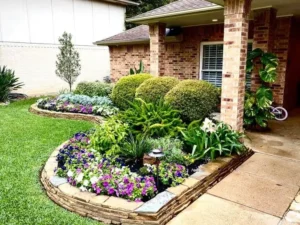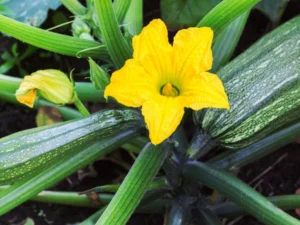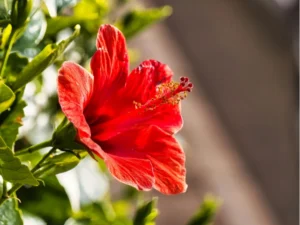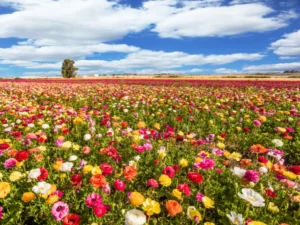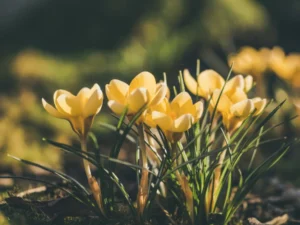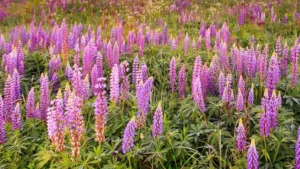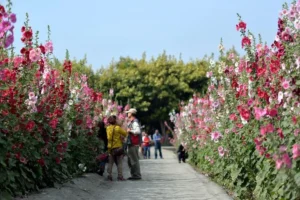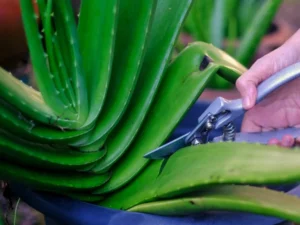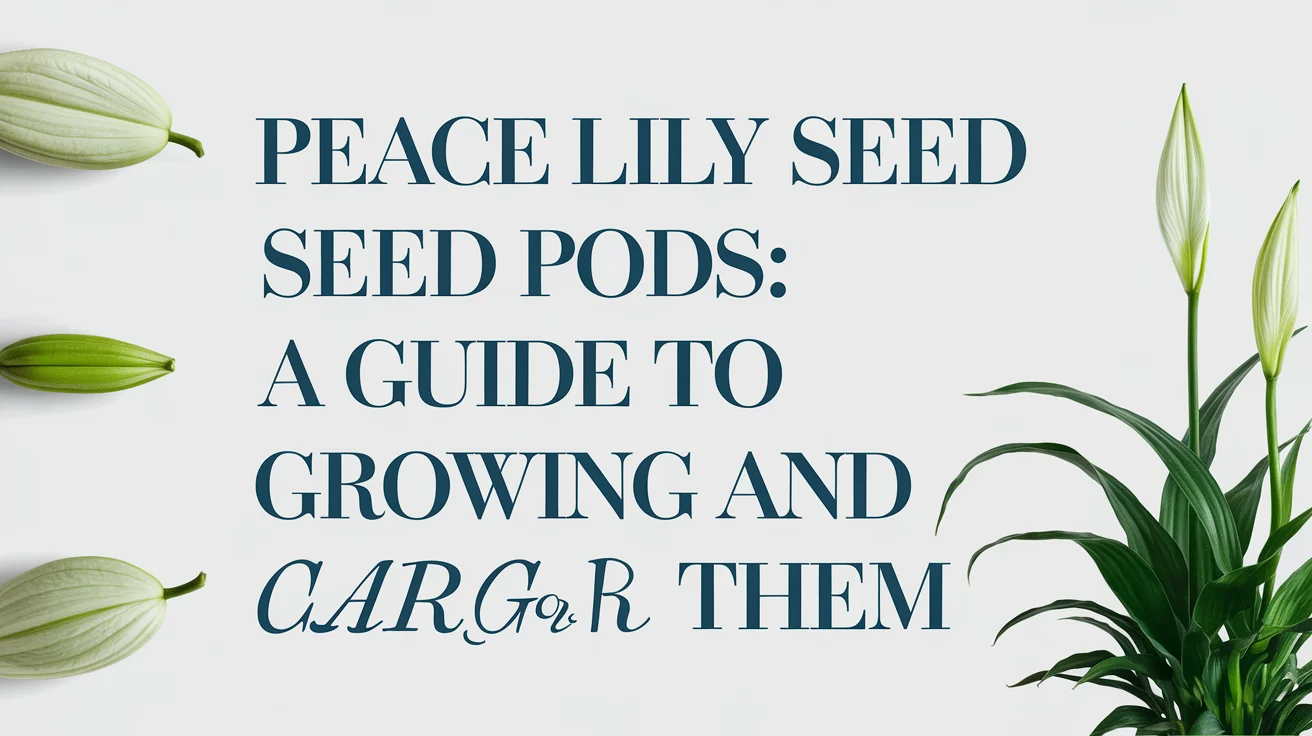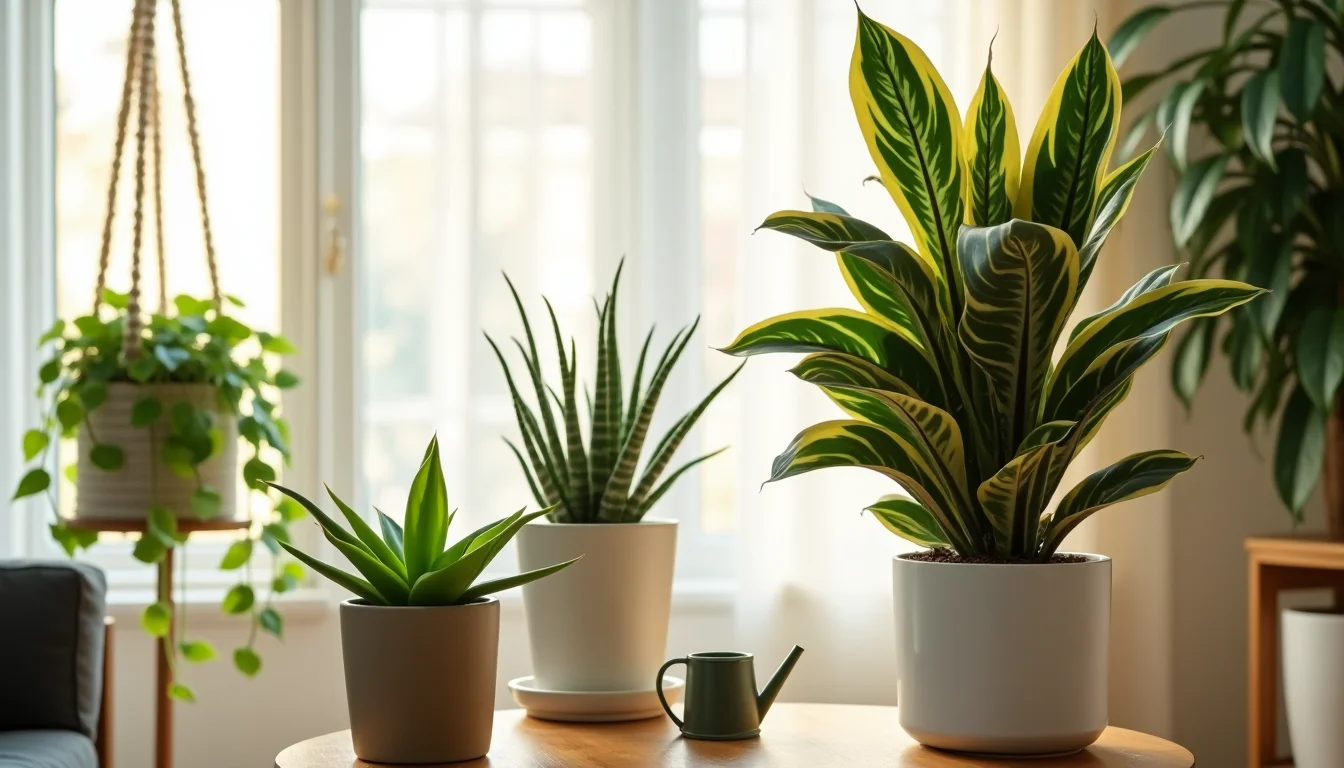Planting flowers for spring is an exciting way to transform your garden into a vibrant, colorful space. Knowing when to plant flowers for spring ensures your blooms thrive, attract pollinators, and produce long-lasting beauty throughout the season.
By planning carefully, preparing the soil, and selecting suitable flower varieties, gardeners can enjoy a stunning spring display that brings both color and life to outdoor spaces.
Understanding Hardiness Zones for Spring Flower Planting
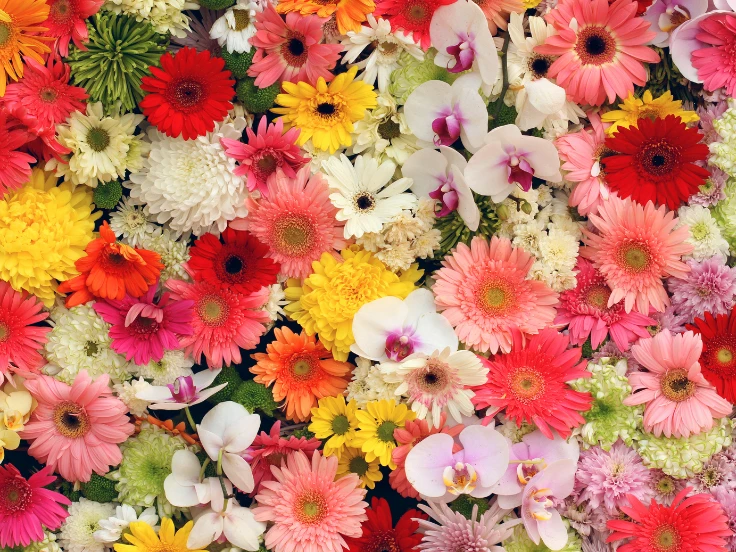
Before deciding when to plant flowers for spring, it is essential to understand your hardiness zone. This zone indicates the average minimum winter temperature of your region and helps determine which flowers are most likely to survive and bloom successfully.
In Shahkot, Punjab, mild winters and warm summers influence planting decisions. Knowing your hardiness zone prevents frost damage and helps you select flowers that are adapted to your local climate.
Determining When to Plant Flowers for Spring After Frost
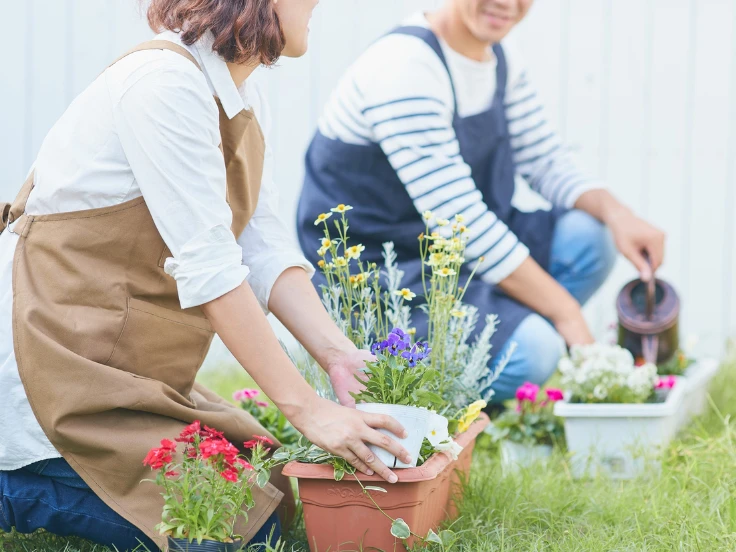
One of the most critical factors in planning your spring garden is the last frost date. Planting flowers too early may damage young seedlings, while planting too late can shorten the growing season.
In Shahkot, the last frost generally occurs between late February and early March, making late March to early April the ideal planting window. For gardeners looking to add color during this season, you can explore all summer-bloom flowers that thrive after the frost. Checking local weather forecasts is always recommended, as frost dates can vary each year.
Best Annual Flowers to Plant for Spring
Annual flowers are a popular choice for gardeners wondering when to plant flowers for spring because they provide vibrant blooms throughout the season but complete their life cycle in a single year.
-
Petunias: Known for their bright colors and patterns, they thrive in full sun.
-
Marigolds: These flowers are pest-resistant and provide long-lasting blooms.
-
Zinnias: Drought-tolerant, attract butterflies, and are easy to grow.
Annuals are ideal for gardeners seeking immediate color and seasonal variety in their spring gardens.
Best Perennials to Plant for Spring Flowers
Perennials offer long-term beauty and are perfect for gardeners asking what flowers to plant in spring for lasting impact.
-
Daylilies: Hardy, low-maintenance, and reliable bloomers.
-
Lavender: Fragrant, attracts pollinators, and drought-tolerant.
-
Coneflowers (Echinacea): Long-blooming and resilient to heat.
Planting perennials ensures a garden that evolves over time, returning year after year without the need for replanting.
Spring Bulbs: When to Plant Flowers for Early Spring Color
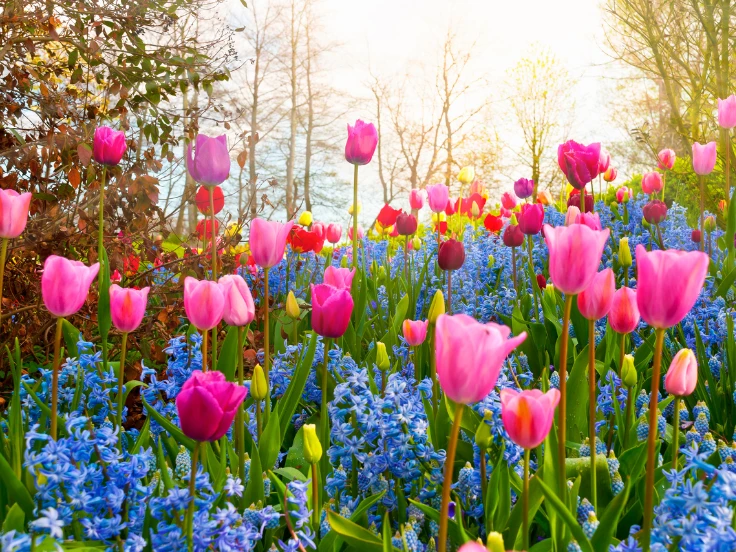
While many bulbs are planted in the fall, early spring planting is possible for late bloomers. Knowing when to plant bulbs for spring flowers ensures proper root development and strong blooms.
-
Tulips: Pre-chill bulbs in a refrigerator for 6–8 weeks before planting.
-
Daffodils: Require a cold period but can be planted in early spring.
-
Hyacinths: Provide fragrant blooms and vibrant color.
Bulbs are excellent for creating layered gardens, where early blooms transition into summer flowers.
How to Prepare Garden Beds Before Spring Flower Planting
Proper preparation answers the question how to prepare soil when planting flowers for spring. Follow these steps for a successful garden:
-
Soil Testing: Check soil pH and nutrient levels. Most flowers prefer slightly acidic to neutral soil (pH 6–7).
-
Amend Soil: Incorporate compost, organic matter, or aged manure to improve fertility and drainage.
-
Weeding: Remove weeds to prevent nutrient competition.
-
Tilling: Loosen soil 2–3 inches deep to encourage strong root growth.
-
Mulching: Apply mulch after planting to retain moisture, suppress weeds, and regulate soil temperature.
Watering and Fertilization Tips for Spring Flowers
Proper hydration and nutrition are essential for healthy spring flowers. Here is what gardeners should know about watering and fertilizing spring flowers:
-
Watering: Keep the soil consistently moist, but avoid waterlogging. Water early in the morning to reduce evaporation.
-
Fertilization: Use a balanced fertilizer or one slightly higher in phosphorus to promote flower growth.
-
Mulching Benefits: Helps conserve moisture, prevents weeds, and protects plants from temperature fluctuations.
Consistent care during the early stages of growth ensures strong plants and abundant blooms.
Sunlight and Placement for Spring Flower Gardens
Knowing where to plant flowers for spring sun exposure maximizes growth and flowering:
-
Most flowering plants require at least 6 hours of direct sunlight daily.
-
Place taller plants behind shorter ones to avoid shading.
-
Use containers for areas with limited sunlight.
-
Rotate plants seasonally to maintain soil fertility and sun access.
Proper placement leads to healthier plants, stronger stems, and longer-lasting blooms.
Regional Considerations for Shahkot, Punjab
Understanding when to plant flowers for spring in Shahkot requires adapting to local climate conditions:
-
Hot Summers: Choose heat-tolerant varieties and provide shade during the hottest parts of the day.
-
Mild Winters: Early planting may be possible for some cold-sensitive flowers.
-
Rainfall: Ensure proper drainage to prevent root rot during spring rains.
Local adaptation is crucial for ensuring your flowers thrive throughout the season.
Advanced Tips for Planting Flowers for Spring
Gardening experts recommend these strategies for optimizing spring flower planting:
-
Succession Planting: Stagger flower plantings to maintain continuous blooms throughout the season.
-
Companion Planting: Plant flowers alongside herbs or vegetables to reduce pests naturally.
-
Pollinator-Friendly Flowers: Include flowers like lavender, zinnias, and daisies to attract bees and butterflies.
-
Pest Management: Regularly inspect plants for pests and diseases and use organic solutions when necessary.
Applying these advanced techniques can elevate the health and beauty of your spring garden.
FAQs
Q1: Can I plant flowers in pots for spring blooms?
Yes, container planting works well. Ensure the pots have drainage holes and use high-quality potting soil. Place containers in sunny areas.
Q2: How often should I water my spring-planted flowers?
Water when the top 1–2 inches of soil feel dry. Adjust based on plant type and rainfall.
Q3: Can bulbs be planted in early spring if missed in fall?
Yes, pre-chilled bulbs like tulips and hyacinths can still bloom if planted early in spring.
Q4: What is the best soil type for spring flowers?
Loamy soil enriched with compost is ideal for most flowers, providing both nutrients and drainage.
Q5: How do I extend the flowering period of spring plants?
Deadhead spent blooms, maintain consistent watering and fertilization, and use succession planting to keep flowers blooming longer.
Conclusion: Mastering When to Plant Flowers for Spring
Understanding when to plant flowers for spring is key to creating a thriving, colorful garden. By knowing your hardiness zone, planting after frost, selecting the right annuals, perennials, and bulbs, and preparing the soil properly, you can ensure a vibrant spring garden.
Attention to sunlight, watering, fertilization, and regional conditions ensures that your plants thrive. Whether you are planting in Shahkot or similar climates, careful planning and preparation lead to beautiful, long-lasting blooms. For tips on how to grow vibrant flowers in containers, check out our guide on planting flowers in pots for step-by-step instructions and expert advice.
For more detailed gardening guidance, visit Pakistan Agriculture Research Council for expert advice tailored to your region.

